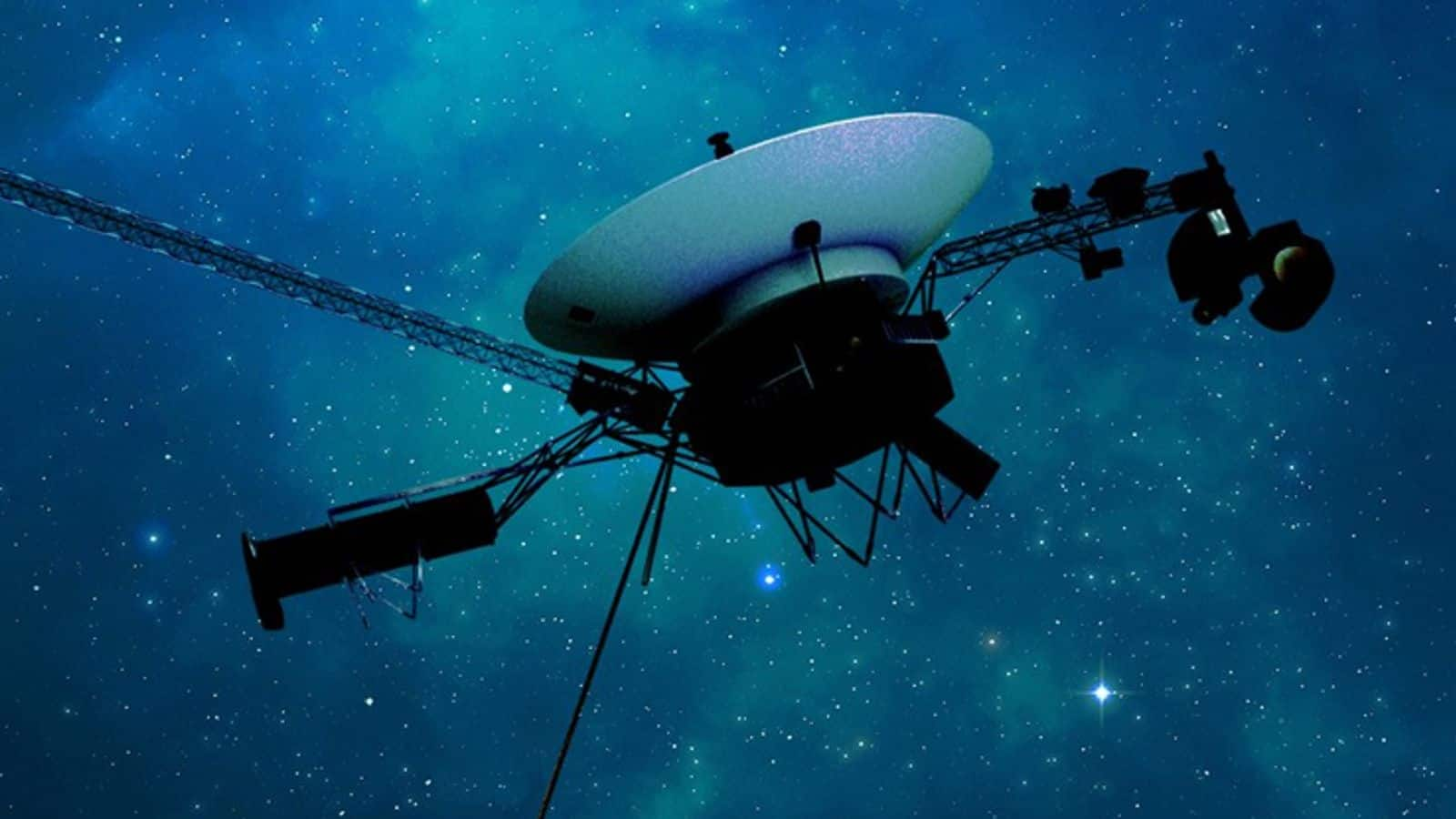
Farthest human-made object from Earth phones home after myterious silence
What's the story
NASA's Voyager 1 probe, the most distant human-made object from Earth, has resumed transmitting usable data to mission control. The US space agency revealed on Monday that the spacecraft stopped sending comprehensible information back to Earth on November 14, 2023. However, it remained responsive to NASA's commands. A single defective chip was identified as the cause of this communication disruption in March by specialists at NASA's Jet Propulsion Laboratory.
Technical triumph
The communication disruption was resolved by an ingenious coding solution
The communication disruption was resolved by an ingenious coding solution, crafted to function within the limited memory capacity of Voyager 1's 46-year-old computer system. As a result, the spacecraft is now "returning usable data about the health and status of its onboard engineering systems," according to NASA. The agency's next goal is to enable Voyager 1 to resume transmitting scientific data back to Earth.
Space pioneer
Voyager 1: The first human-made object to enter interstellar space
Launched in 1977, Voyager 1 was the first human-made object to penetrate the interstellar medium in 2012. Currently, it is over 24 billion kilometers away from Earth. Messages dispatched from our planet take approximately 22.5 hours to reach this distant spacecraft. Its counterpart, Voyager 2, also ventured beyond the solar system in 2018, marking another significant milestone for space exploration.
Golden records
Voyager carries elements of our world to extraterrestrials
Both Voyager spacecrafts carry "Golden Records" - gold-plated copper disks designed to communicate our world's story to extraterrestrial beings. These records contain a map of our solar system, a piece of uranium acting as a radioactive clock, and symbolic instructions explaining how to play the record. The contents were chosen by a committee led by renowned astronomer Carl Sagan and include encoded images depicting life on Earth, along with music and sounds.
Energy exhaustion
Voyager 1 is still sending useful information about its health
The power reserves of both Voyagers are projected to run out sometime after 2025. Despite this, they will continue their journey through the Milky Way, potentially forever, but in silence. On April 20, Voyager 1 relayed its health status to mission control for the first time in five months. Although it is not yet sending valid scientific data back to Earth, it is providing useful information about the condition and functioning of its onboard engineering systems.